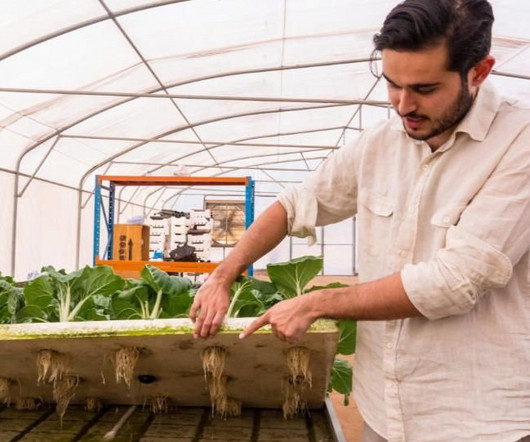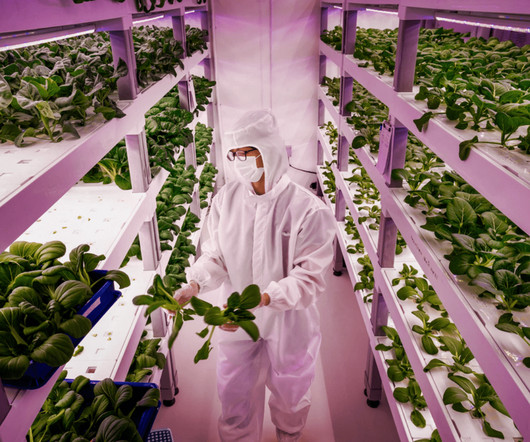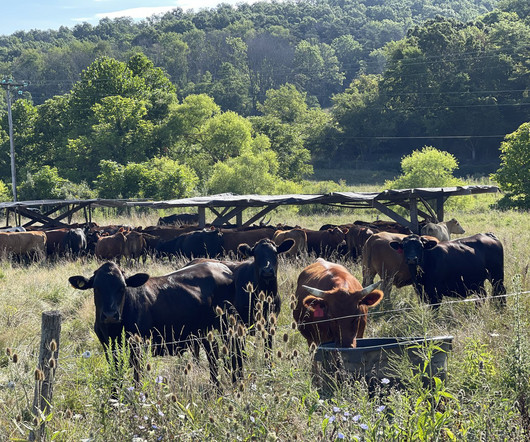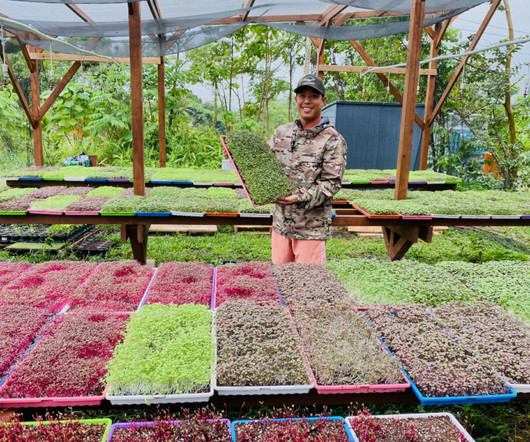Challenges and Innovations Driving the CEA Sector in GCC and MENA
Agritecture Blog
MAY 26, 2023
Credit: World Resources Institute According to Strategy and PWC , GCC countries import about 85% of their food and approximately 56% of vegetables, largely due to the highly limited arable land in the region, averaging 4.25%. At the heart of each greenhouse lies cloud-based monitoring, facilitating optimal crop management.















Let's personalize your content